Special Report
This Is the Most Unionized State in America: All 50 States Ranked
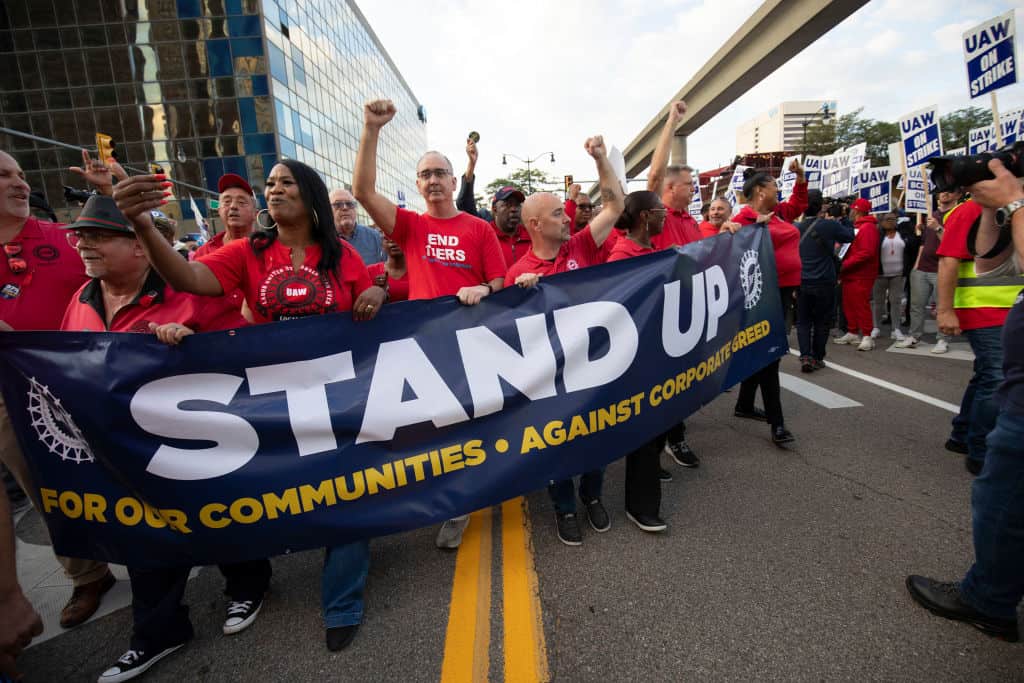
Published:

In 2023, labor union activity surged in the United States. High profile strikes involving some of the largest labor unions in the country, including United Auto Workers and the SAG-AFTRA actors’ union, drew widespread media attention and public support. Amid work stoppages, President Joe Biden even joined striking UAW workers on the picket line. Over the course of the year, organized labor added 139,000 members, according to the Bureau of Labor Statistics. (Here is a look at the biggest worker strikes in American history.)
Notably, however, rising union membership did not keep pace with overall employment growth. Even as the ranks of unionized workers expanded, the share of working Americans who belong to a labor union fell by a tenth of a percentage point in 2023.
Declining unionization rates represent the continuation of a long-term trend going back decades in the United States. Currently, only 10% of workers in the U.S. are union members, the smallest share since BLS records began in 1983, when 20.1% of workers were in a union. Still, in many parts of the country, organized labor remains a powerful force.
Using data from the BLS, 24/7 Wall St. identified the states with the strongest labor unions. We ranked all 50 states on the share of workers who were members of an organized labor union in 2023. Supplemental data on unemployment and median annual earnings for all workers is from the BLS and the U.S. Census Bureau’s 2022 American Community Survey.
Depending on the state, union membership ranges from 2.3% of the workforce to 24.1%. Historically, the collective bargaining power of labor unions have resulted in improved working conditions and higher wages — and it may be no coincidence that incomes tend to be higher in many of the most unionized states. In each of the five states with the highest median earnings, the share of workers who belong to a labor union exceeds the 10% national average. (Here is a look at the richest town in every state.)
Unionization rates in a given state are largely a product of the local political landscape. Many states have implemented “right-to-work” laws, and in these places, workers cannot be compelled to join a union as a necessary condition of their employment. Each of the 15 states with the lowest unionization rates have right-to-work laws on the books, while the 15 states with the strongest union participation do not.




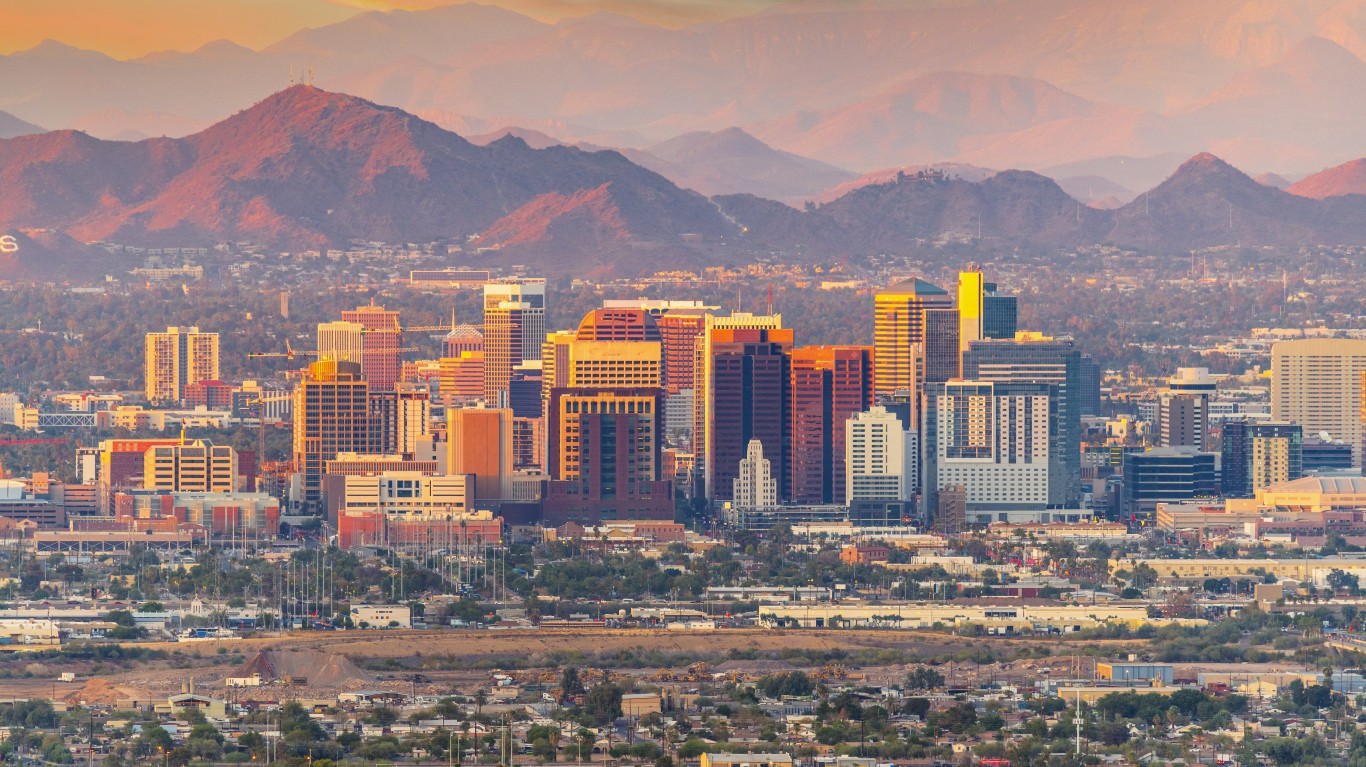


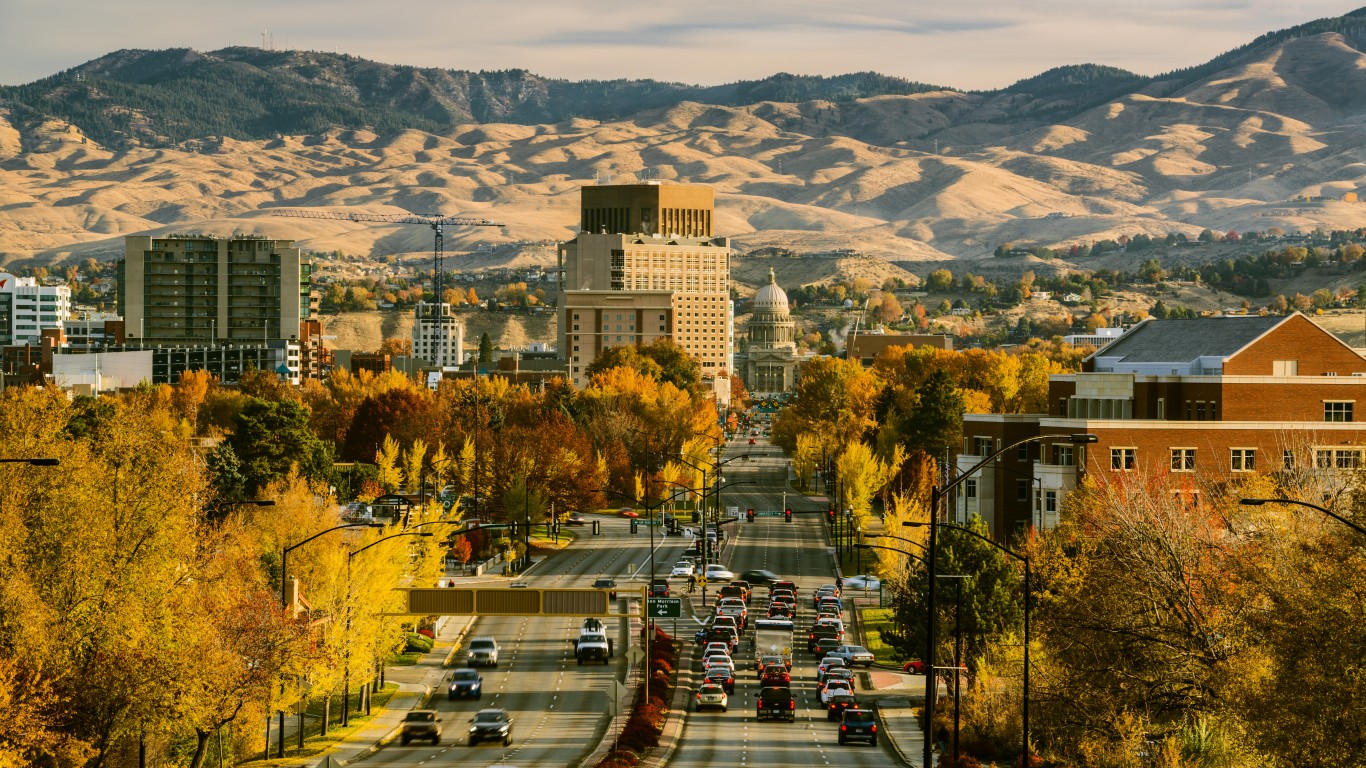




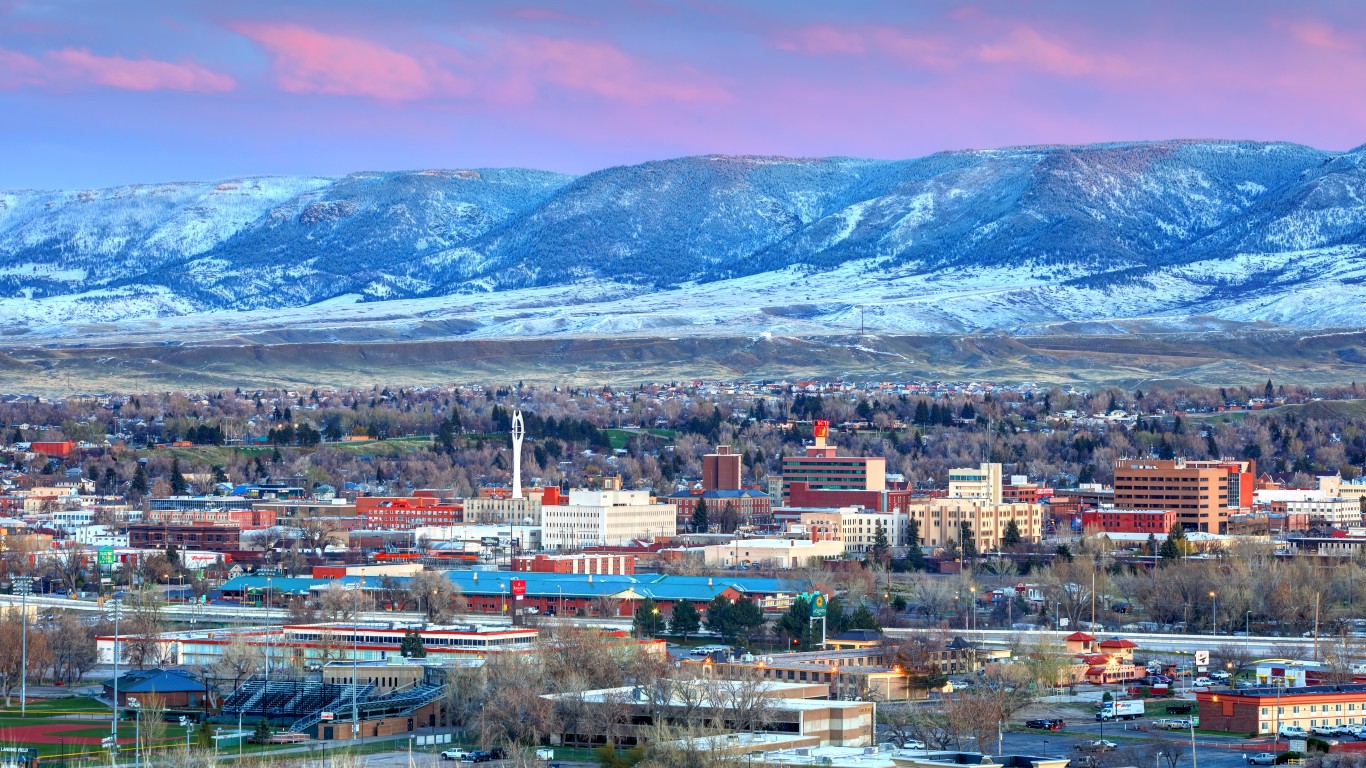



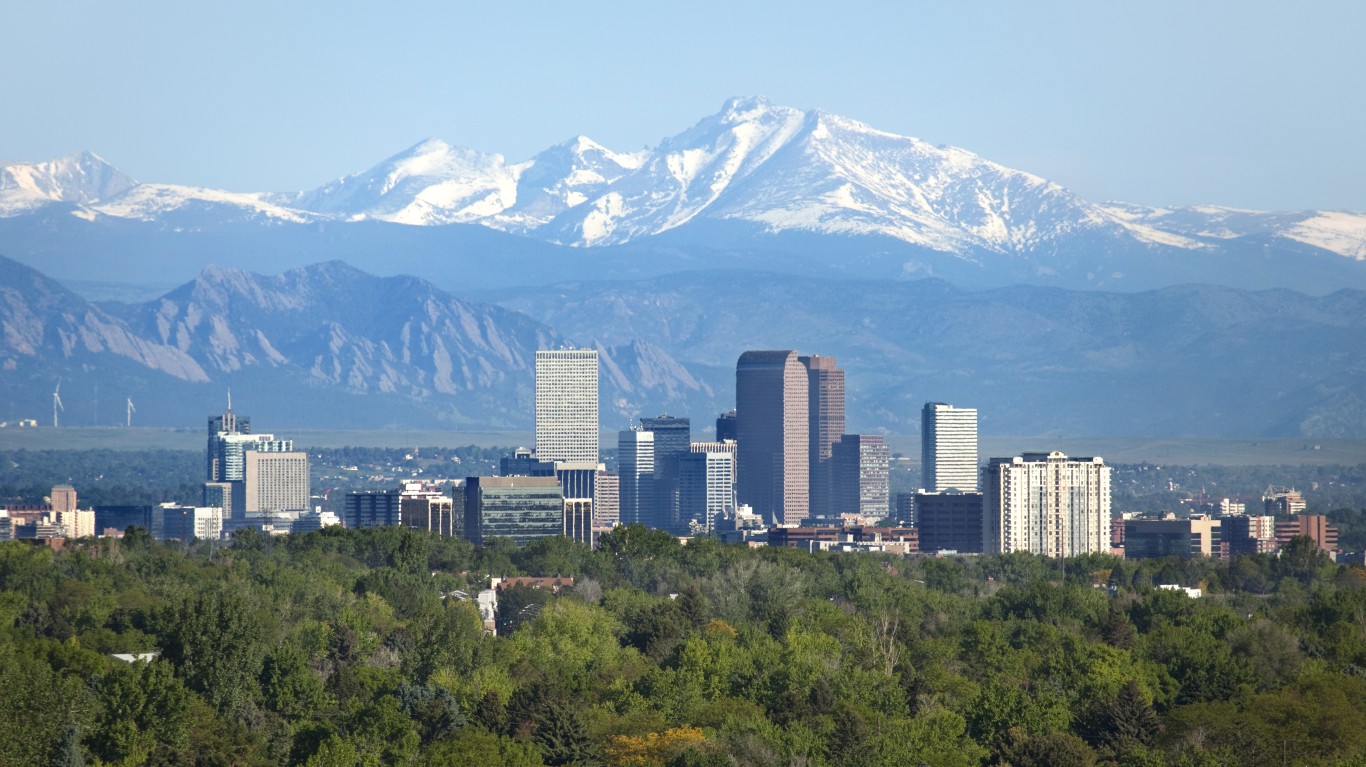


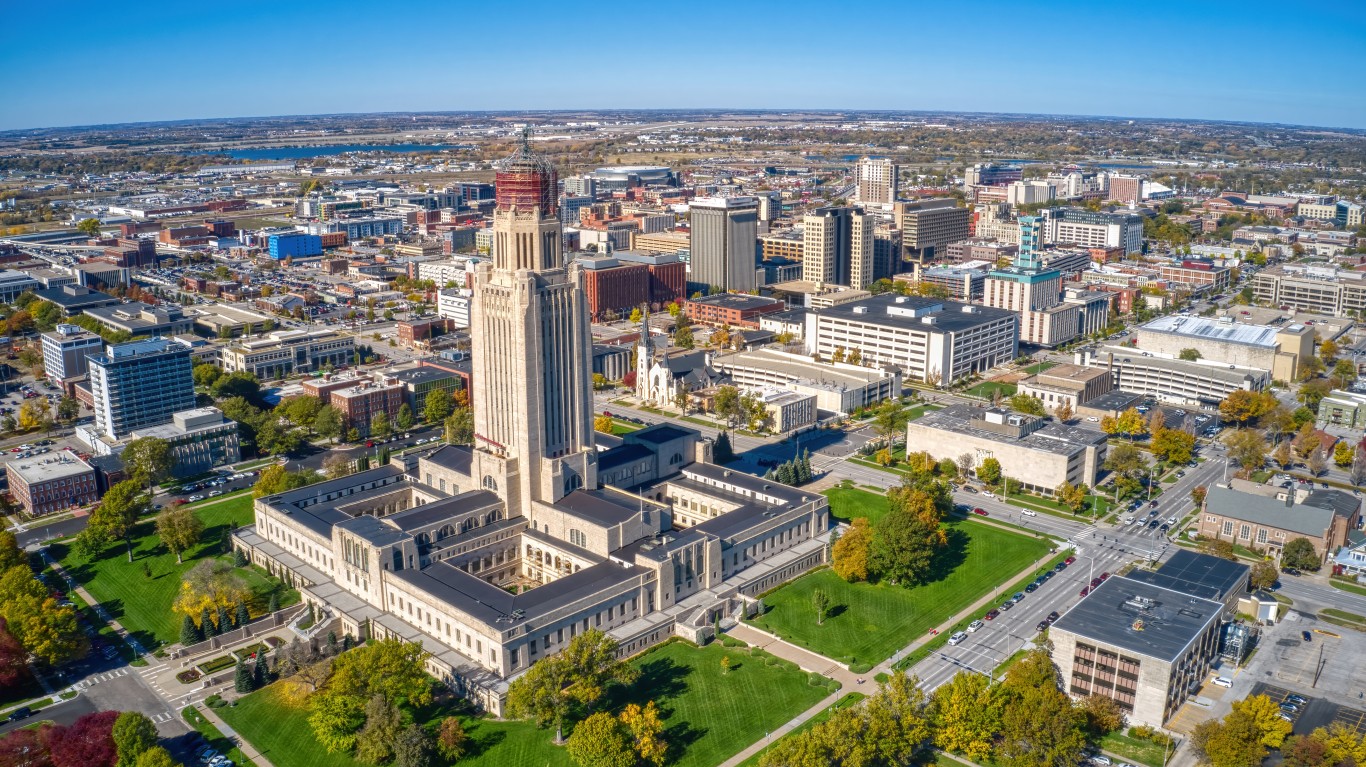














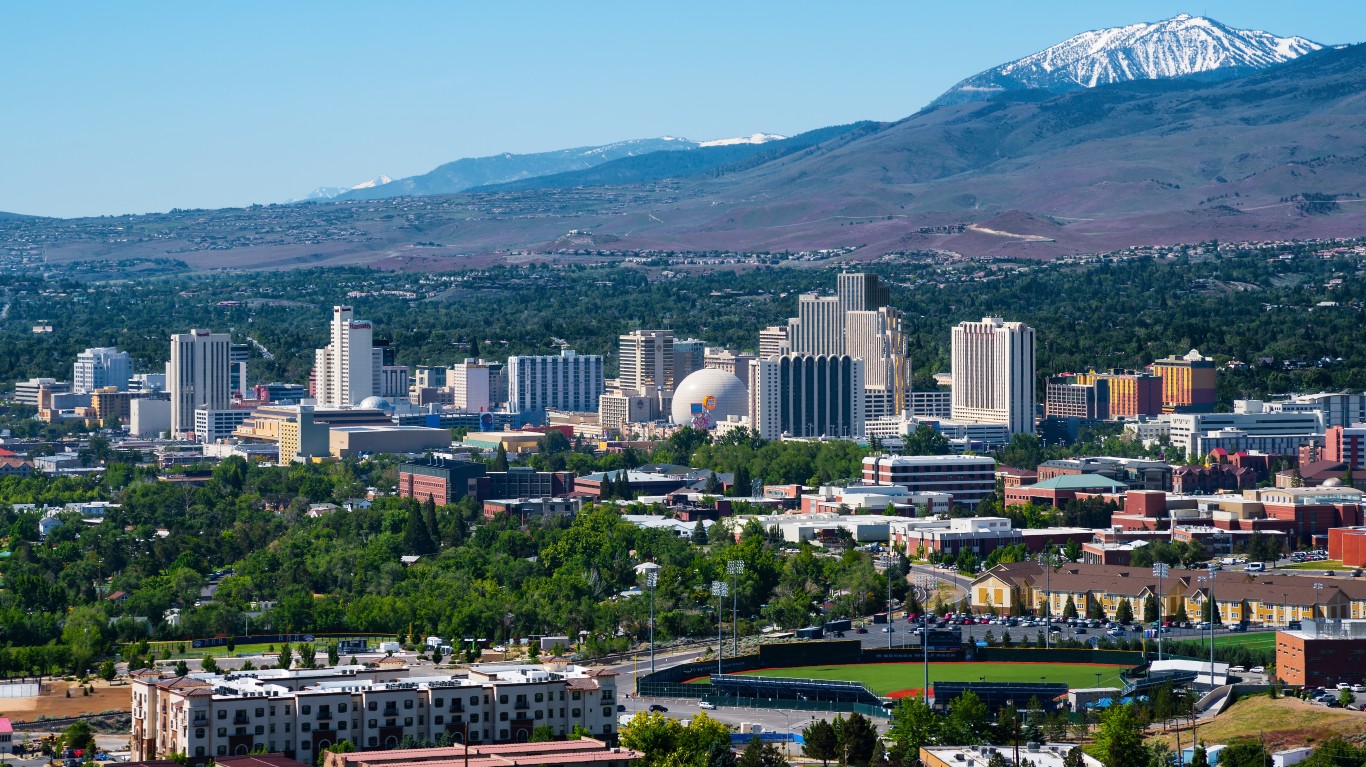









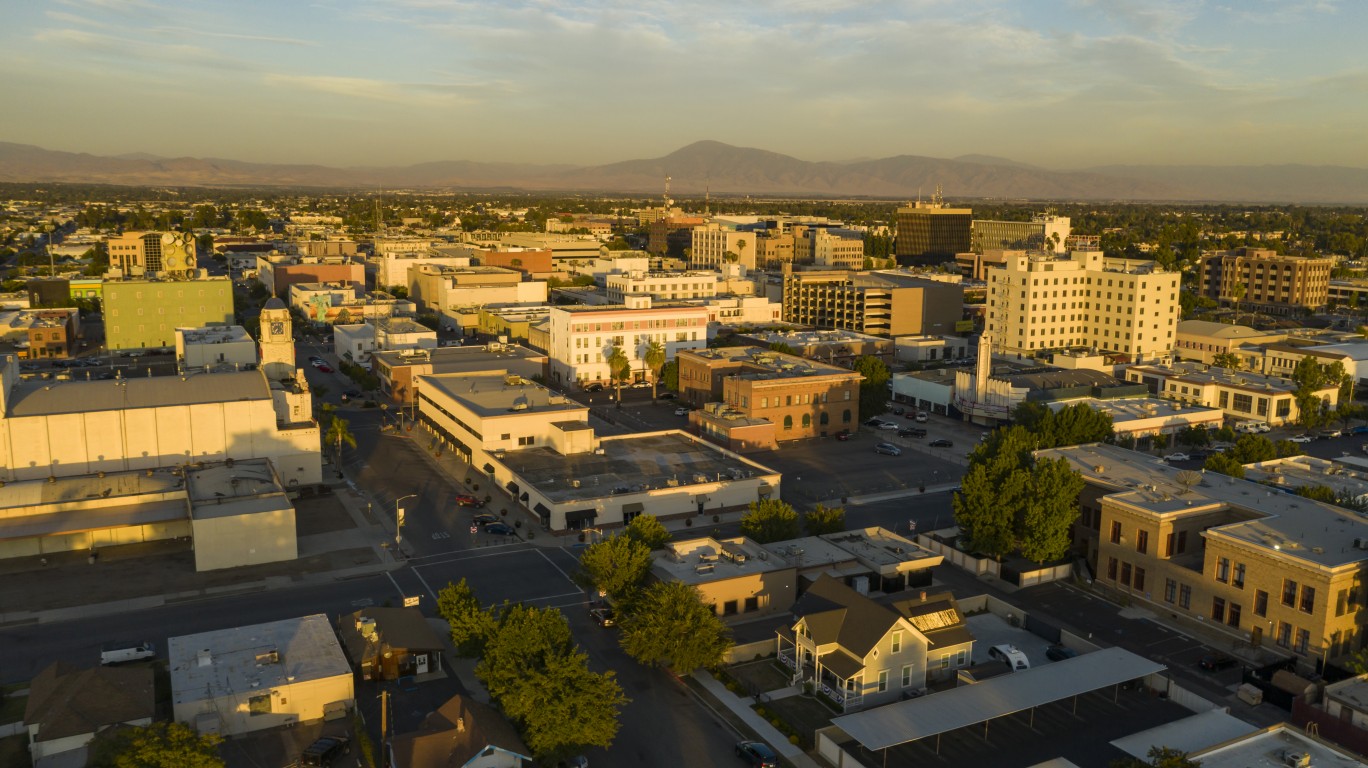





Thank you for reading! Have some feedback for us?
Contact the 24/7 Wall St. editorial team.